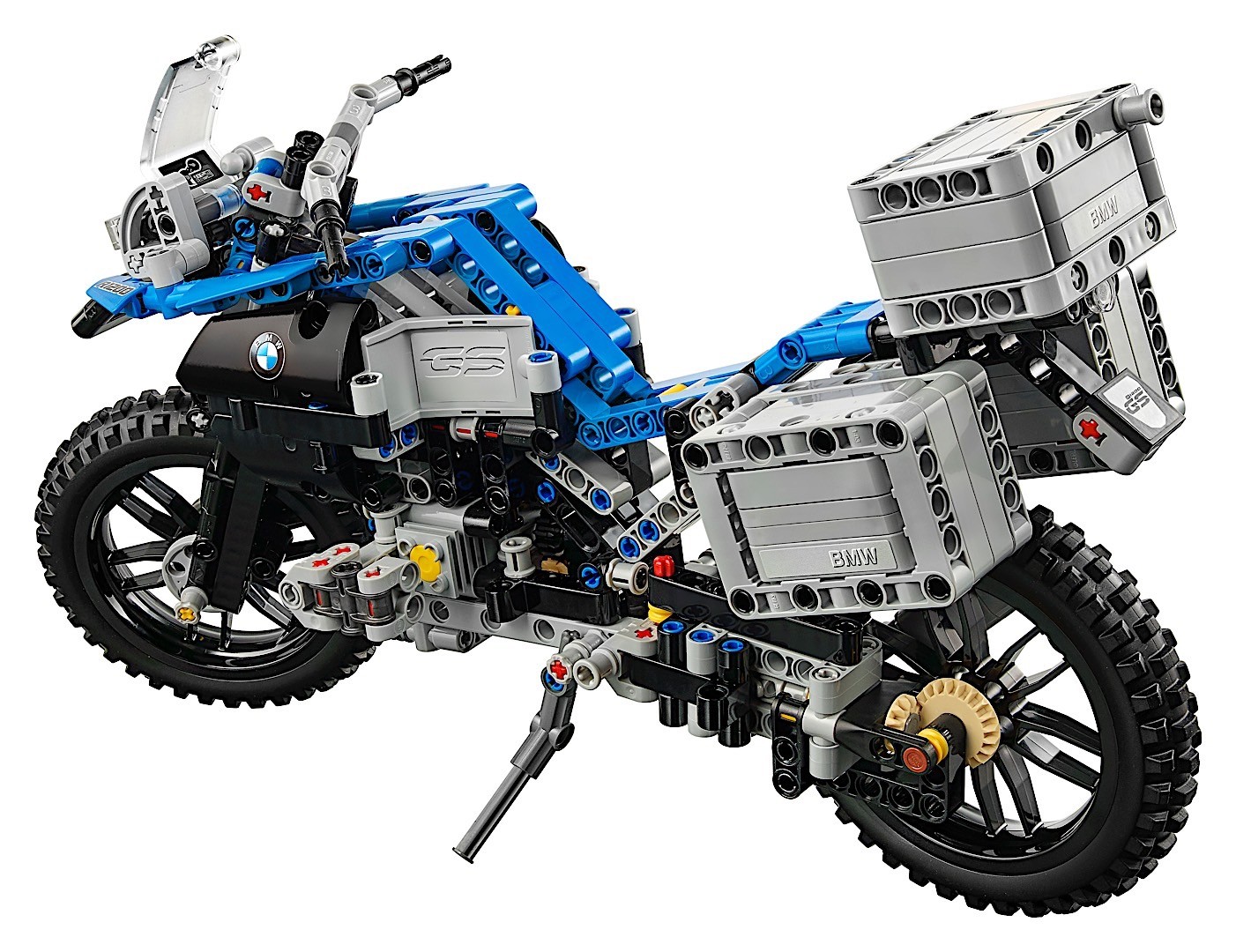
(The Technic division creates more complex vehicles for Lego and has partnered with many automakers, including Lamborghini, Bugatti, Ford, Ducati, Harley-Davidson and Jeep.) Since then, he’s created two more Technic models, but won’t say what they are because they’ve not yet been released. In the process, Tacchi built about 20 different versions until it was finally approved. It took about six months to create the final model, which was completed last summer. He had access to a private room at Lego’s nearby headquarters, to ensure the model and photos of the bike remained hidden. Tacchi did most of the work at his home in Denmark, in a private room that his wife and infant daughter did not enter. When Lego and BMW first toyed with the idea, it was kept to a very small circle within the companies. The real M 1000 RR is BMW’s first “M” performance motorcycle, capable of producing 212 horsepower and a top speed of more than 300 kilometres an hour. I’ve built a dozen Lego models in the past two years and this was the most complex. When I first flicked the gear shift to see the pistons move at a different speed in their clear cylinder head, all the assembly of the last hour finally made sense. When I built the kit, following the instructions carefully to not have to think for myself, there were any number of light bulb moments when I realized how the little pieces interacted to create a workable mechanism.

“As a true motorbike enthusiast, it’s hard to imagine that there is any two-wheel-addicted guy out there who is not fascinated by this building set.” “It brought me to some kind of meditative mood all these smaller pieces together,” says one. It’s a complicated and precise process that eventually produces an engine with pistons that turn in the proper sequence, through a transmission with three working gears and neutral.Ĭommenters on Lego’s website agree that the model is a satisfying build. The Lego model begins with the assembly of the gearbox and moves out from there. “The guy responsible for building the bike in the factory was guiding me through the process, of how they’re making these motorcycles come to life, and I was following their steps.” “I wanted to recreate the kind of feeling you have of building the bike in the factory,” says Tacchi, who consulted at every stage with BMW’s designers. Its head designer was Samuel Tacchi, who used to design real motorcycles for Honda and Triumph, and who helped design Lego’s 600-piece model of a BMW GS motorcycle six years ago. Designers have the choice of about 3,500 different plastic bricks and “elements” to assemble models, and when they’re given the assignment to create something new, they usually just dig into the tubs of pieces and start clicking away until the model takes shape.

It’s unusual for Lego to produce custom components. It’s 45 centimetres long and requires unique suspension pieces to support its weight. The new $300 model gets attention, all right. It gets their attention and builds an affinity with the BMW motorcycle brand.” “This is one of the first seeds that we can plant.

Whether it’s for an adult or a younger kid, the plan is that we get into people’s minds, and not only that, but into people’s living rooms,” says Johann von Balluseck, director of BMW Canada’s motorcycle division. “We really have to think about long-term. But for BMW, the goal is to make the model builder want to own a real motorcycle one day. Lego hopes that those who complete the one-fifth scale model will display it on a shelf, where it will look good and maybe persuade fans to buy another kit. It’s a three-dimensional jigsaw puzzle of a BMW M 1000 RR. That’s a couple of hours a day of following the 700 separate instructions in the assembly manual, and clicking the 1,920 pieces into place in exactly the right way to create the largest motorcycle Lego’s ever sold. It took me a week to build Lego’s new motorcycle model.


 0 kommentar(er)
0 kommentar(er)
